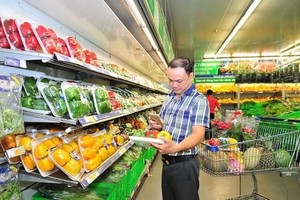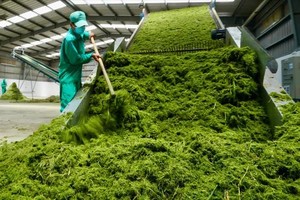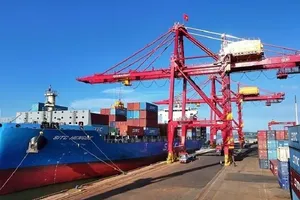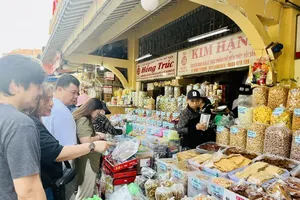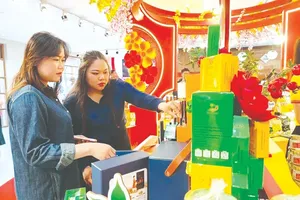While prices of most agricultural produce like rice, rubber, coffee, cashew-nuts, shrimps and fish have fallen drastically, price of pepper has remained high and stable for the last decade.
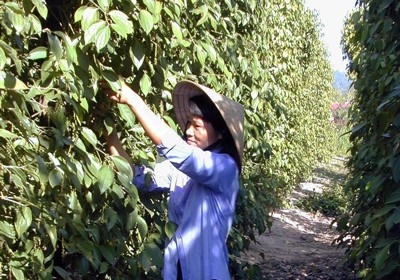
This year, pepper exports are expected to touch US$900 million, from only $693 million in 2011.
Pepper is the only produce whose production and turnover has kept climbing for the last 10 consecutive years, thanks to stable prices.
Although pepper prices drop sometimes, Vietnamese pepper has never sold less than cost price. On June 6, one kilogram of pepper cost from VND119,000 to VND124,000, depending on the region. Despite a slump in price this year, pepper prices are still higher by about 20 per cent than in the same period last year.
Average pepper production was around 5-7 tonnes per hectare and reached 7-9 tonnes or even 10 tonnes in some regions.
Meanwhile, average production of big pepper exporters like India and Indonesia was around 0.2-0.3 tonnes per hectare, or 1-2 tonnes per hectare in Malaysia and Brazil.
With such robust production, thousands of farmers in Xuan Loc District in Dong Nai Province and Chu Se District in Gia Lai Province are earning more than VND1 billion annually.
While two million hectares covered crops like coffee, tea, rubber and cashew, pepper was only growing in 50,000 hectares, but accounted for more than 8 per cent of the country’s total export value.
At present, export value of pepper was around $6,800 per hectare, six times higher than tea, four times higher than rubber, 3.8 times higher than cashew, and 2.6 times higher than coffee. As a result, pepper is considered the most attractive agricultural produce.
According to Do Ha Nam, chairman of Vietnam Pepper Association, average price of black pepper was more than $6,300 per tonne in the first five months of this year, an increase of more than $1,600 per tonne. White pepper was $9,200 per tonne, up by more than $2,100 per tonne.
In the first five months of the year, pepper prices peaked at a record high. Black pepper went up more than VND120,000 per kilogram, up 33 per cent; and white pepper topped VND190,000 per kilogram, up 46 per cent over the same period last year.
By mid-May, pepper exports were nearly 52,500 tonnes with a turnover of nearly $357.4 million, an increase of 11.4 per cent in volume, and 46.1 per cent in value compared to the same period last year.
This year, pepper exports may top 123,000 tonnes and generate a turnover of nearly $900 million.
Vietnamese pepper has been exported to more than 80 countries and territories in Europe, Asia, Mid-West, and the US. Since 2003, Vietnam has been the biggest pepper exporter in the world with trading volume accounting for 40-50 per cent of the total pepper trading volume in the world.
With such a high trade volume, Vietnam could easily control pepper prices in the global market with better cooperation and coordination from local pepper growers.
In 2006, when pepper prices dropped to a record low of $900 per tonne and cost price was $1,000 per tonne, Vietnam Pepper Association suggested that farmers should hold their produce until prices surge to $1,200 per tonne. Thanks to farmers’ unanimity, pepper made an impressive U-turn, climbing to $1,700-1,800 per tonne.
In 2007, after several farmers followed this suggestion to not sell their produce if price fell below $2,500, the price surged to an average $3,200 per tonne.
After keeping prices up for two years, farmers have learnt to hold their produce when price falls, instead of selling heavily as they did before.
By applying this strategy, pepper prices have no longer fluctuated periodically but stayed at high levels. Presently, Vietnamese pepper is being exported directly to many markets worldwide which has brought in more profits for both farmers and exporters as they can keep track of global prices at all times.





